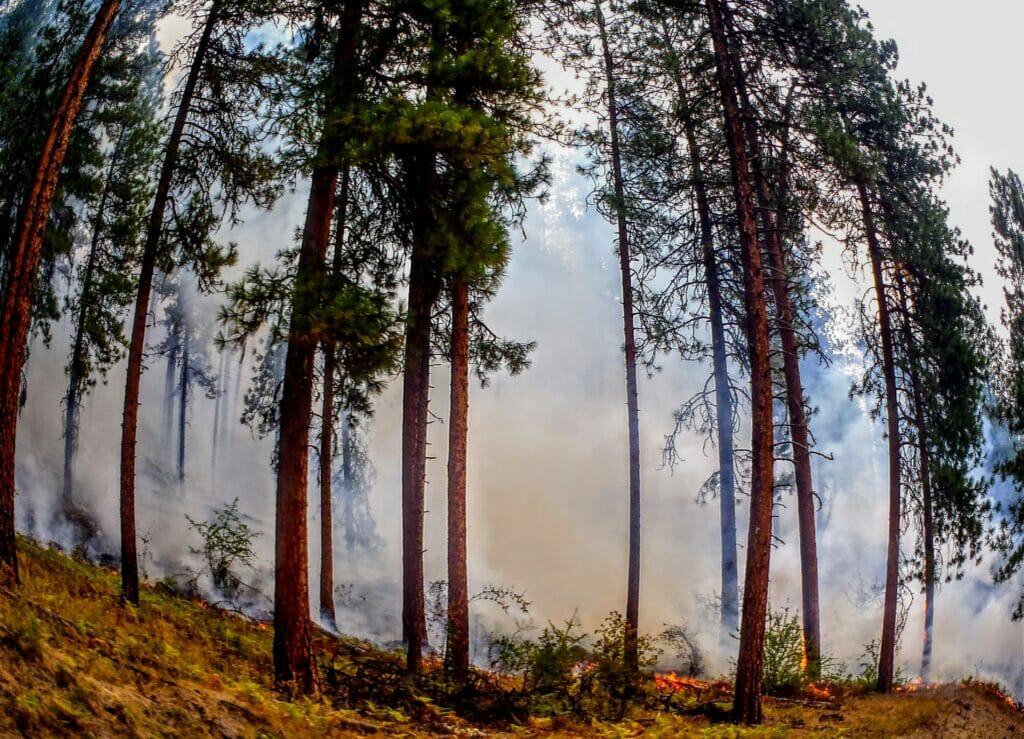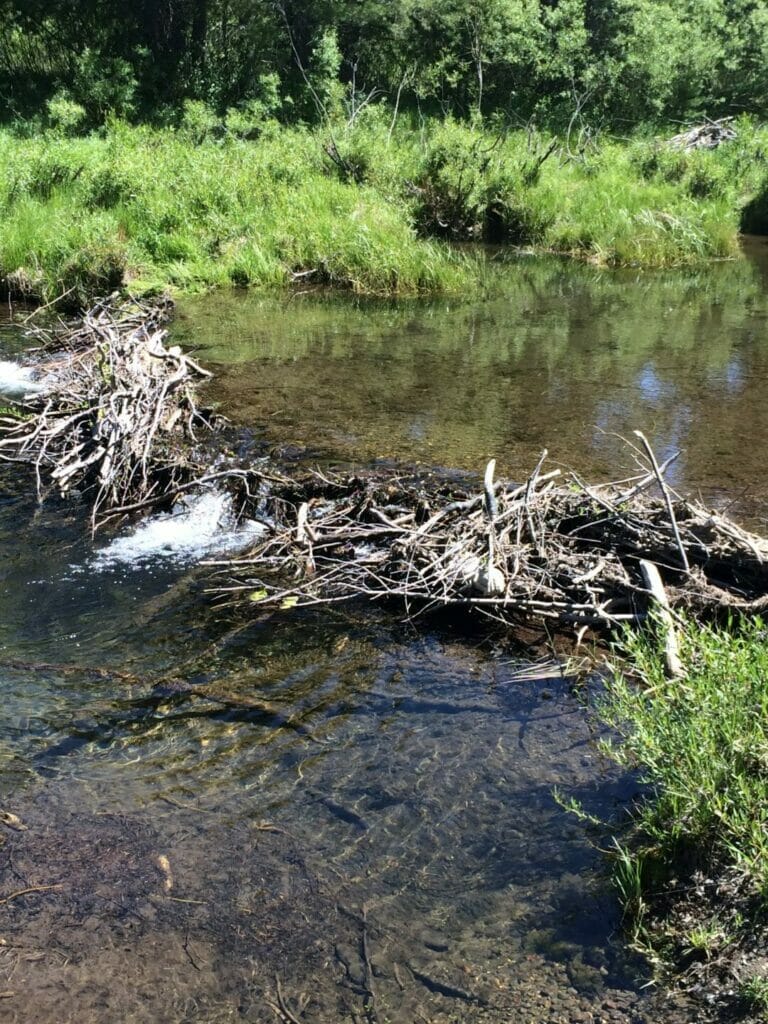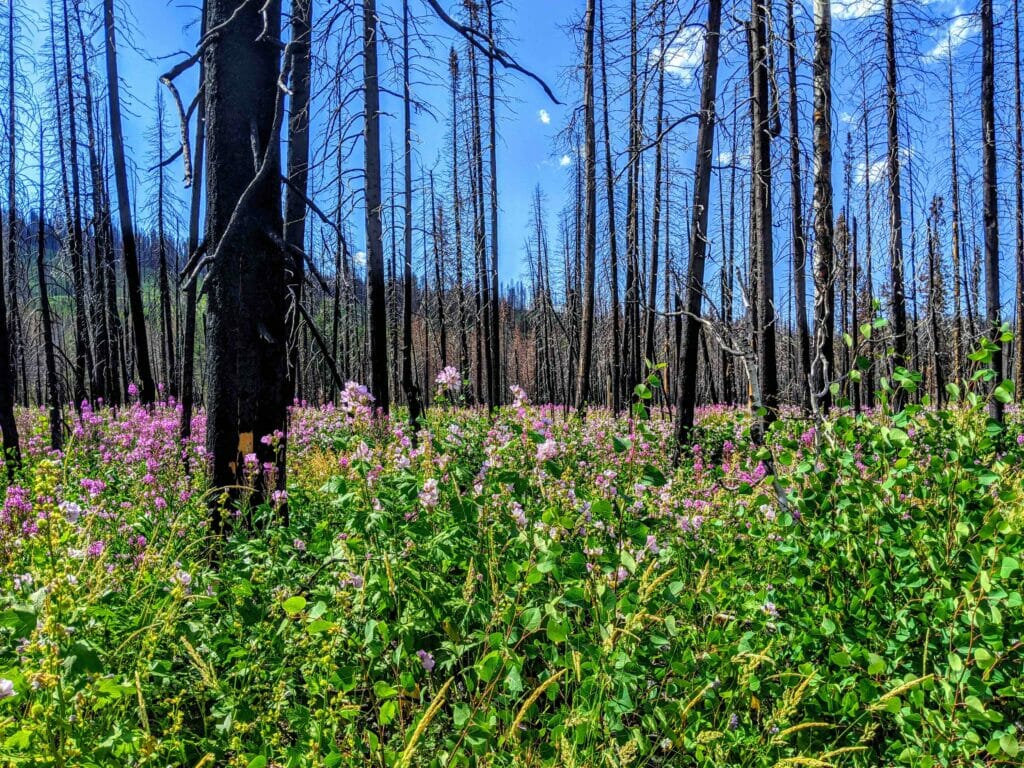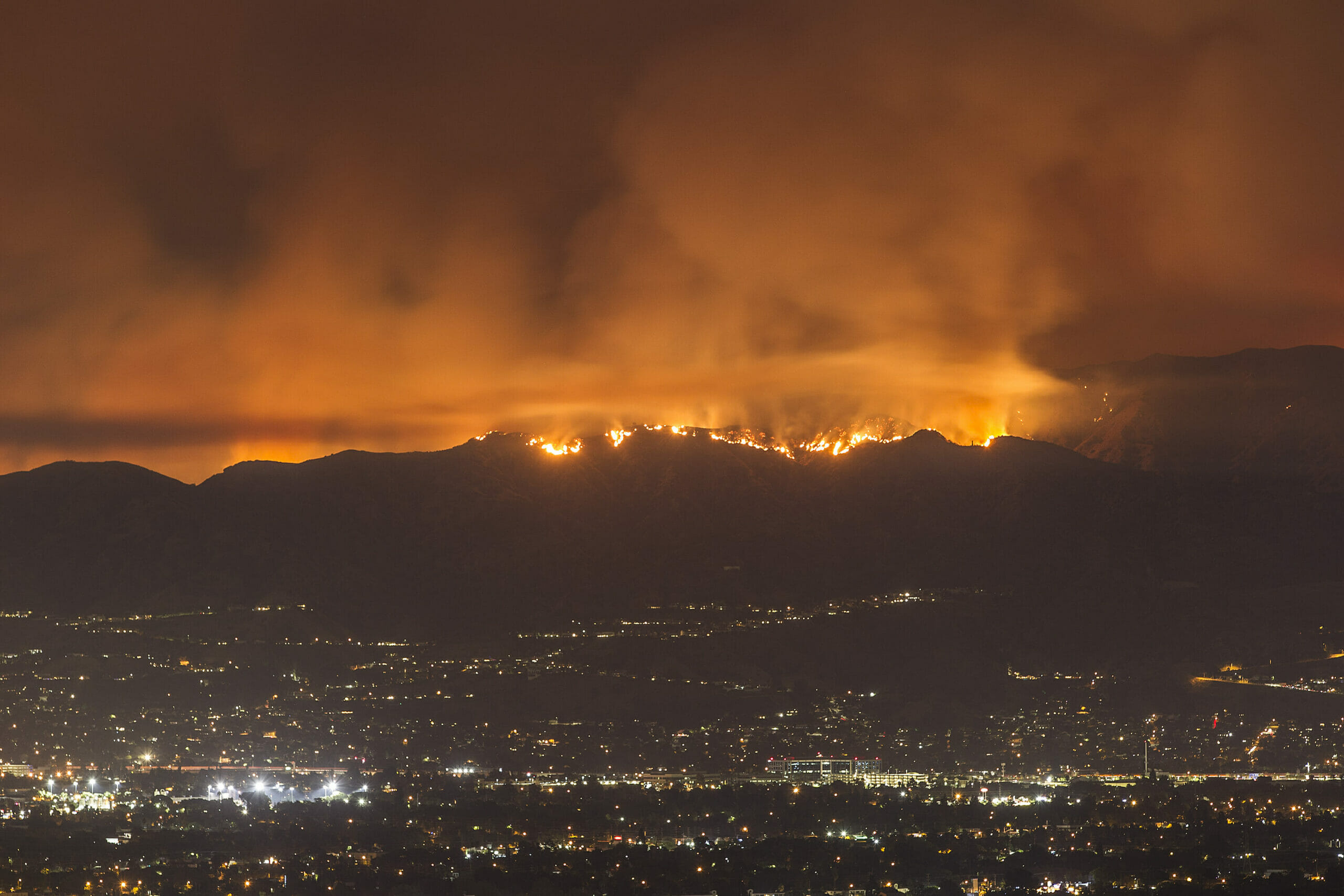The haze over the early morning sun spurred a call from a friend. “Did you see the moon this morning? It’s wild!” It wasn’t the moon, but it was wild. Wildfires 3,000 miles away shrouded the sun in smoke.
The light smoke in Washington, D.C., signaled devastation in the West. In California, for example, at least 26 people have perished from wildfire, and more than 7,000 structures were destroyed. In Oregon, the Almeda fire, alone, destroyed nearly 2,400 homes and killed at least three people, with more missing.
Across much of the western United States, fires grow bigger. More people perish. More homes burn. The rush to assign blame increases.
Wildfire has a crucial, complex and important role in healthy lands, but fire today can have devastating consequences for families and communities in its path.
The effects of past forest management, including a century of fire suppression, have made western communities and forests more susceptible to unnaturally intense fires. The Insurance Information Institute reports that more than 4.5 million properties in the western United States are at high to extreme wildfire risk.
Finding the right solutions that protect communities and allow for healthy forests and watersheds is hard but necessary work.
Deal with climate change
Fixing what ails our forests starts with taking real steps to curtail greenhouse gas emissions — a root problem that prolongs drought and makes fires more intense — in a way that works for our markets and industries. Climate change pushes the fire seasons longer as snow runoff occurs earlier, and dry heat extends later into the fall. According to the Forest Service, the fire season is nearly 80 days longer than 50 years ago. We can adapt to climate change (to an extent), but slowing its causes takes a long-term commitment to reduce carbon emissions, accelerate renewable energy development, and more aggressively promote energy conservation

Focus where forests and communities meet
Second, we need to make investments in thinning trees and clearing brush in places where forests and communities meet. For example, firebreaks —or land cleared of vegetation — are recognized as one way to help slow down fires.
Restoring and expanding riparian and wet meadows along streams create natural firebreaks while simultaneously reducing downstream drinking water filtration costs. But without additional restoration funding for agencies such as the U.S. Forest Service, little will change. We need to invest in infrastructure, for example, such as bridges to replace culverts that pass neither fish nor floods—because when the floods come after the fires, they not only blow the culverts out, they also take out the roads above them.
Promote “Firewise” construction and maintenance in fire-prone areas
Third, no matter how often we dredge, ditch or channel it, a river will find its flood plain; so too will a fire-adapted landscape burn. States and municipalities need to actively discourage construction of new homes in areas where fire historically burns, through either strong market disincentives or zoning.
If construction is allowed in landscapes with frequent fire, they should employ Firewise construction and maintenance techniques. Just as we have used public policy to discourage people from building in floodplains, we should do the same in forested areas that are prone to fire.
Restore forest ecosystems, including the safe reintroduction of fire
Fourth, forest management activities across state and federal agencies should be designed for one purpose: to recover forest ecosystem health. Historic timber cutting on national forests focused on removing value from the woods—value in the form of wood fiber that would be brought to market. Today, logging should be used to return value to the woods. Using the proceeds from timber sales—or stewardship contracting—is one way to help finance restoration.

Unhealthy forests are more susceptible to the negative effects of wildfire. But forest health is not just about trees. Restoring river systems makes them better able to withstand the impacts of fire and climate change.
For example, restoring high-elevation meadows in the Sierra-Nevadas not only helps to keep water colder for native trout, it helps to minimize and mitigate against unnaturally intense fire. In many parts of the West, healthy watersheds evolved with frequent low-intensity fires that cleared out brush and recycled nutrients. Fires, when part of a healthy forest regimen, drop trees and woody debris into streams, creating ideal trout and salmon habitat.
Our challenge is to make communities safer while at the same time helping to recover natural ecological process such as fire across the landscape. Western forests evolved with fire. We cannot log our way out of a century of fire suppression. We cannot undo the fact that some communities are built in areas that can, and will, burn. What we can do is to take steps to protect these communities, recover the health and ecological processes (including fire) of our forests, and address the effects, and slow the causes, of the changing climate.

Longer, hotter and more intense fire seasons demonstrate how climate change affects western communities. It also shows how natural resource management is becoming more about managing risk. Risks abound, but the greatest risk of all is to stay the course on a path to increased peril.
Chris Wood is the president and CEO of Trout Unlimited.



